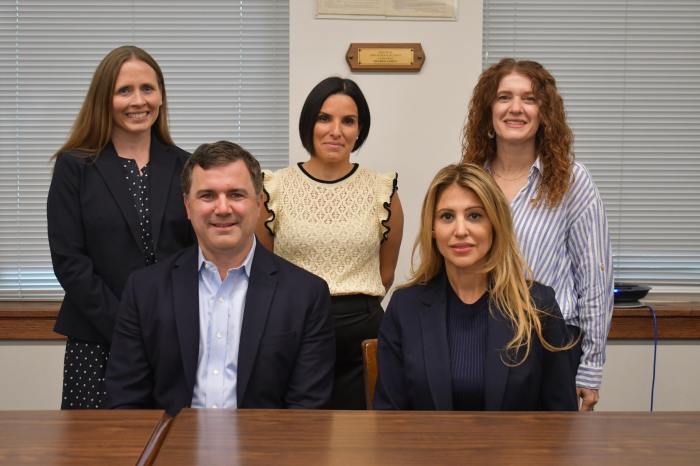Siemens Science Semifinalist
Suburbanites love their lush green lawns. Whether to pass the football over, run through in bare feet, or simply laid as a welcoming carpet before colorful flower beds ringing home and property, lawn grass is king in the ‘burbs.
Problem is, the use of fertilizers that feed those verdant lawns adds pollutants to the environment. To address the problem, one high school research student imagined a more natural way to dress a property using native grasses that perform double-duty as filters for fertilizer and road salt residues.
Garden City High School senior Michael Cassano began his work with grasses native to his own Long Island backyard, seeking to define a solution to the chemical imbalances wrought by hundreds of well-intended homeowners and road crews. In 2010, Cassano joined the Friends of Hempstead Plains (www.friendsofhp.org), an organization formed in 2001 “dedicated to the perpetual preservation, restoration and management of the site through scientific research and education.” The Friends acquired a two-acre parcel of preserved land that is a tiny remnant of a once vast inland prairie called the Hempstead Plains. It contains native plants, small mammals, birds, and insects, and served as the center of the nascent environmentalist’s field work.
The young naturalist developed a research project with Dr. Steven Gordon, the high school’s science research teacher, based on his quest to seek an alternative to lawn grasses. Ultimately, these findings led him to be selected as a finalist in the 2012 Museum of Natural History Young Naturalist Awards. “Winning an award based on work done in my high school lab was very rewarding, but I wanted to go to the next level and do research in a professional lab.”
He subsequently took that next step by studying a flowering plant: Agalinis acuta, the only federally-endangered plant species in New York. He set out to learn everything he could about the endangered plant, right down to its DNA sequencing. The Garden City resident took a plant genomics course offered at Cold Spring Harbor DNA Learning Center, where he collaborated with plant geneticist Dr. Bruce Nash who supervised his use of lab equipment to further his research. To unravel the mystery of what the host plant species was, he took samples to Cold Spring Harbor Lab and, by isolating the plants’ DNA, identified the endangered plant as Sorghustrum nutans (Indian Grass).For his efforts and discovery, Michael Cassano was named a 2013 Siemens Competition in Math Science and Technology National Semifinalist. “A record number of submissions were entered this year, 1,973 projects, comprising 2,440 of the top students in the United States,” commented Dr. Gordon. “Of this pool, only 238 projects, 12 percent were chosen as National Semifinalists. Michael’s project involved years of fieldwork with the Friends of the Hempstead Plains. It’s nice to see all of his hard work paying off!”
Moving forward, the tiny remnant of the Hempstead Plains will not only be the New York State nursery for Agalinis and its Indian Grass host, but will also include a new Education and Research Center, which, thanks to Cassano, will sport a “green roof” of grasses the young researcher grew for his Eagle Scout project.
– Submitted by Garden City Public Schools

































